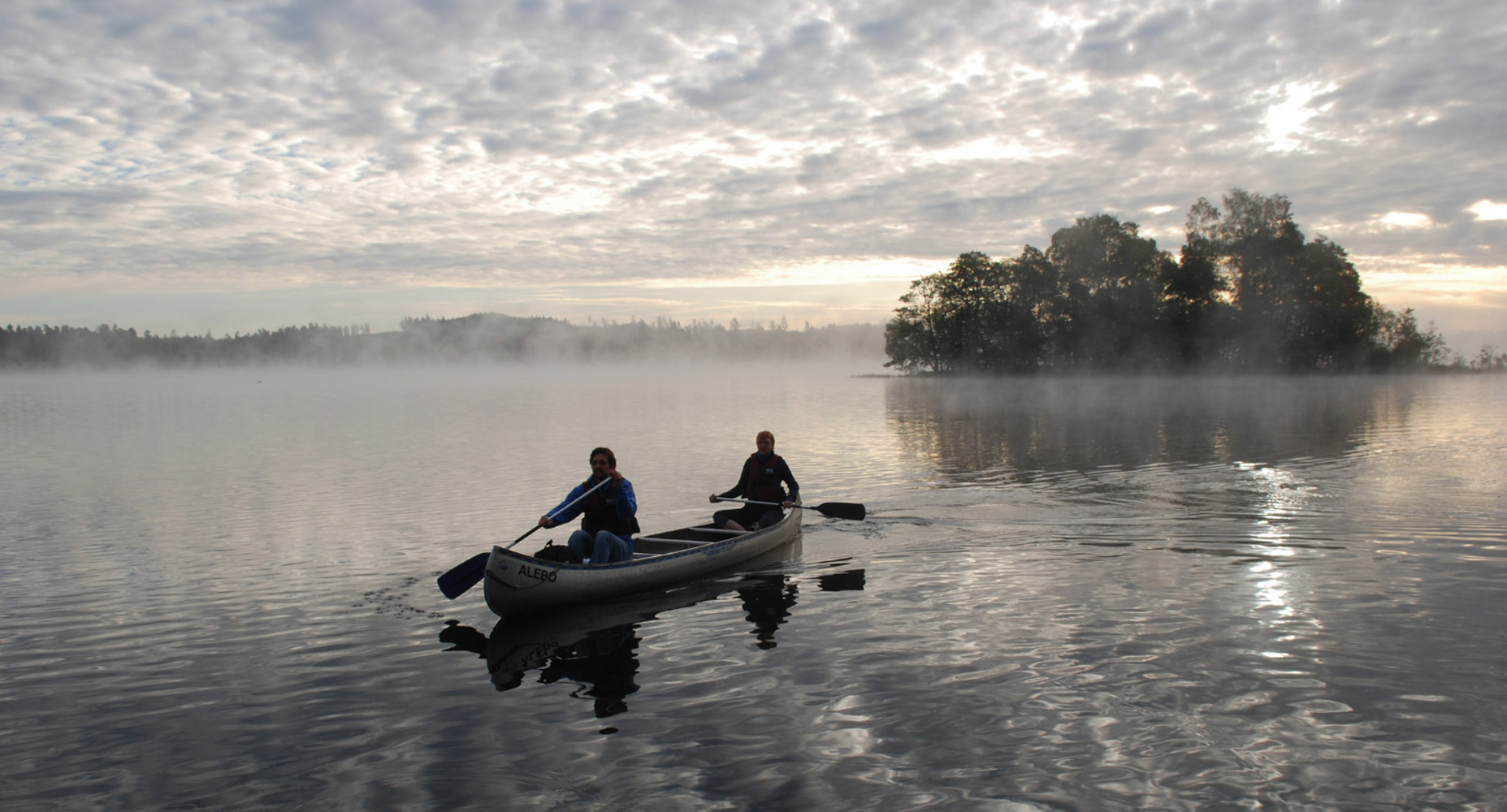

In 2003, the Danish Board of Technology initiated two energy projects: “Energy as Growth Area” and “When the Cheap Oil Runs Out”. The results of both of these projects were indicative of a demand for more long-term oriented bids for future energy scenarios, focusing on technology development and the balance between a secure supply, the environment and economy.
Therefore, the Danish Board of Technology commissioned the project “The Future Danish Energy System” in 2004. The purpose of the project was to create an allround and broadly based debate about which kind of energy Denmark wants in the future. Among the participants in this debate were both representatives from the political arena, authorised to make decisions, and players and interested parties from the energy sector.
The project’s scenario for 2025 shows that through a combination of energy savings, combined heat and power, wind power and electrical cars/hybrid cars as well as biofuels it is possible to reduce Danish emissions of CO2 in 2025 by 50 per cent compared to 1990 and to reduce oil consumption by 50 per cent compared to 2003.
A central element in the project was the four public hearings where a so-called Future Panel of politicians and experts discussed scenarios and scopes for action for a specific issue.
In the time up to the completion of the project in September 2007, focus was on the development of policy instruments and on including a broader group of interested parties and politicians to consider how goals for the future energy system may be formulated and achieved. Helge Ørsted Pedersen participated in the project’s steering committee. Jesper Werling and Anders Kofoed-Wiuff participated in the project’s task force group that calculated and assessed the effects of using various policy instruments or setting up various goals for the energy sector.
The project was concluded at a conference in the Danish parliament on 17 September 2007.
The STREAM modelling tool was developed for the project and used to carry out the analyses.

Find information about one of our projects in Türkiye here.